Cyclingnews Verdict
Some much-needed updates have been added to the tried and tested platform. The Croix de Fer is now a proper gravel bike, and is a more enjoyable riding experience because of it, without really sacrificing any of its historic versatility.
Pros
- +
Excellent value
- +
Wider tyres than before are great
- +
Semi-internal cabling is a best-of-both solution
- +
Great neutral handling
Cons
- -
Tyre clearance could be wider
- -
No electric groupset options
You can trust Cyclingnews
- RRP: £2,699.99 (Ti Frameset)
- Weight: 1.9kg (frame), 500g (fork)
- Colours: Green, sand, blue, red, black, white, brushed metal
- Build options: Shimano GRX 1x and 2x, all cable actuated, occasionally with own brand chainsets on lower models. Framesets also available.
The new Genesis Croix de Fer has perhaps the longest lineage of any gravel bike, tracing its roots back to when gravel was simply messing about on a cyclocross bike in the woods. For that alone it's probably worthy of a place in our list of the best gravel bikes, provided the latest model is actually good.
Gravel has evolved, and with the 20:20 glasses of hindsight, the Croix de Fer of yesteryear had never been one really to push the boundaries of the genre, instead offering consumers a safe haven; a sorted platform that could turn its hand to any number of different tasks.
It’s certainly been a success story for the brand, based solely on the fact that I see so many of them all over the place. The previous version was just as likely to be seen as a commuter as it was a gravel bike, or for many a pseudo-road bike, with moderate touring capabilities too. It was, in the classical gravel sense, a one-bike solution to all manner of problems.
The latest Croix de Fer though really is a different beast. I spent a wonderful day out in mid-Wales when it launched last summer, and have been hacking about in the muck on it since. It is no longer all things to all people; it’s a proper gravel bike now, and I actually think it’s all the better for it.
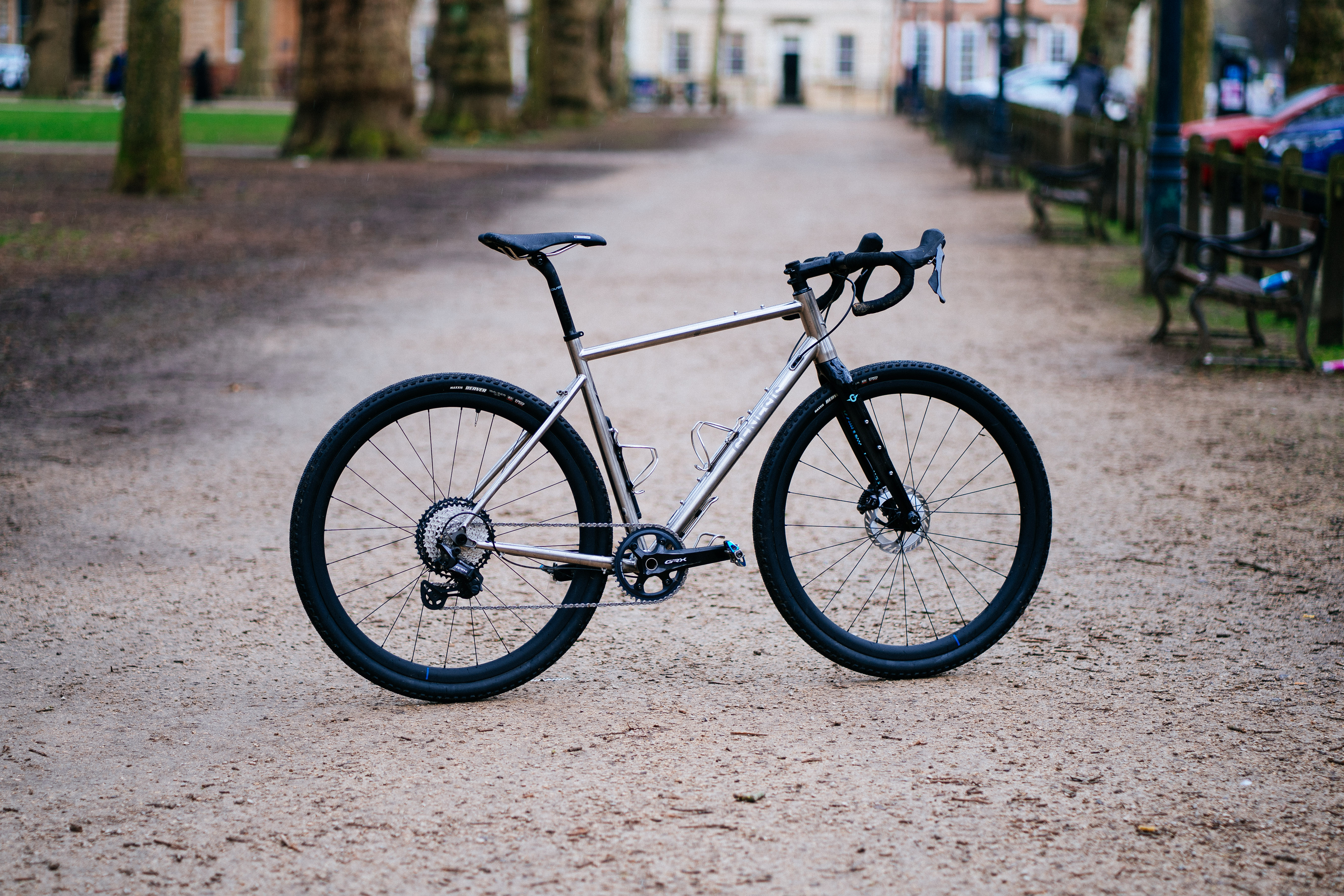
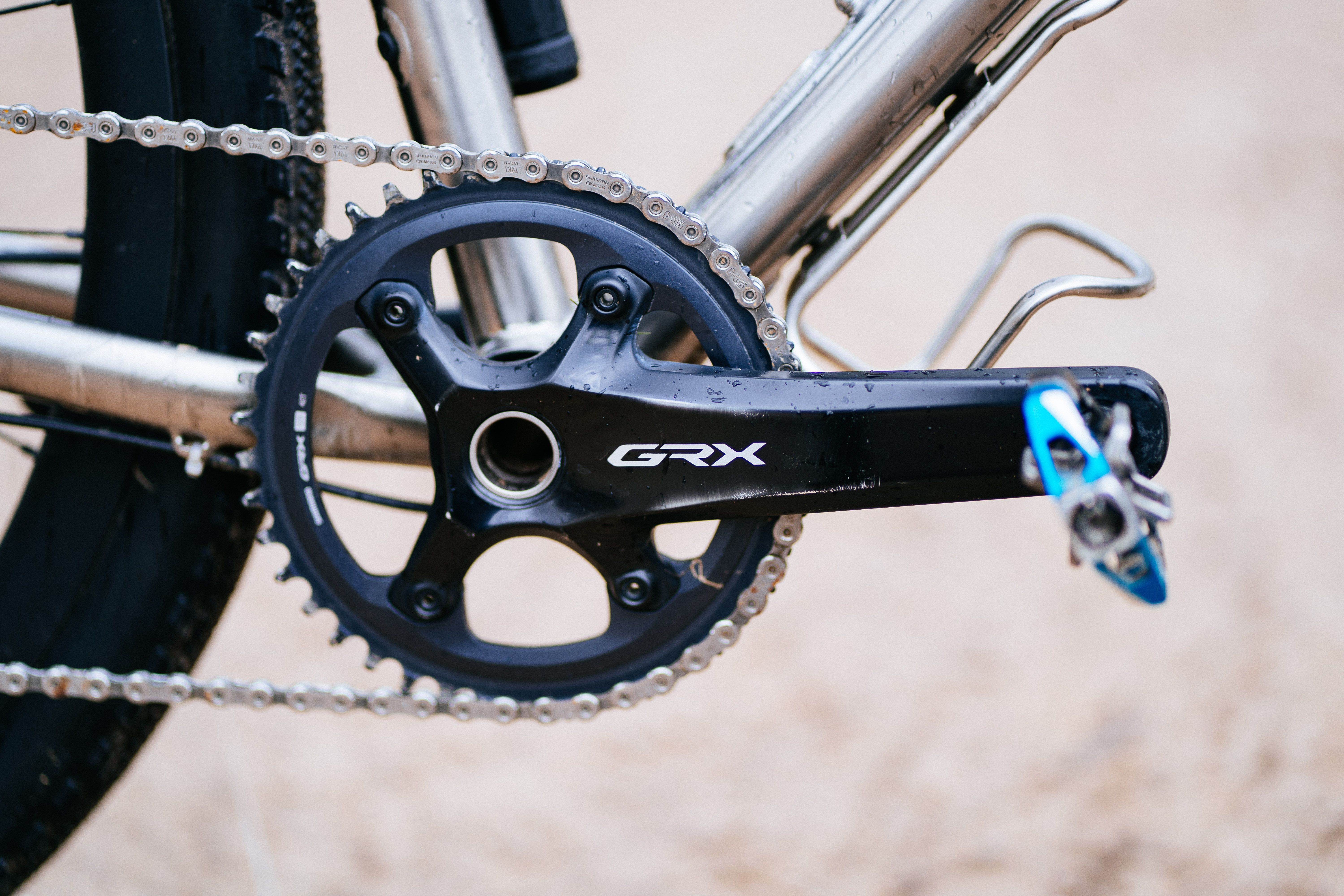
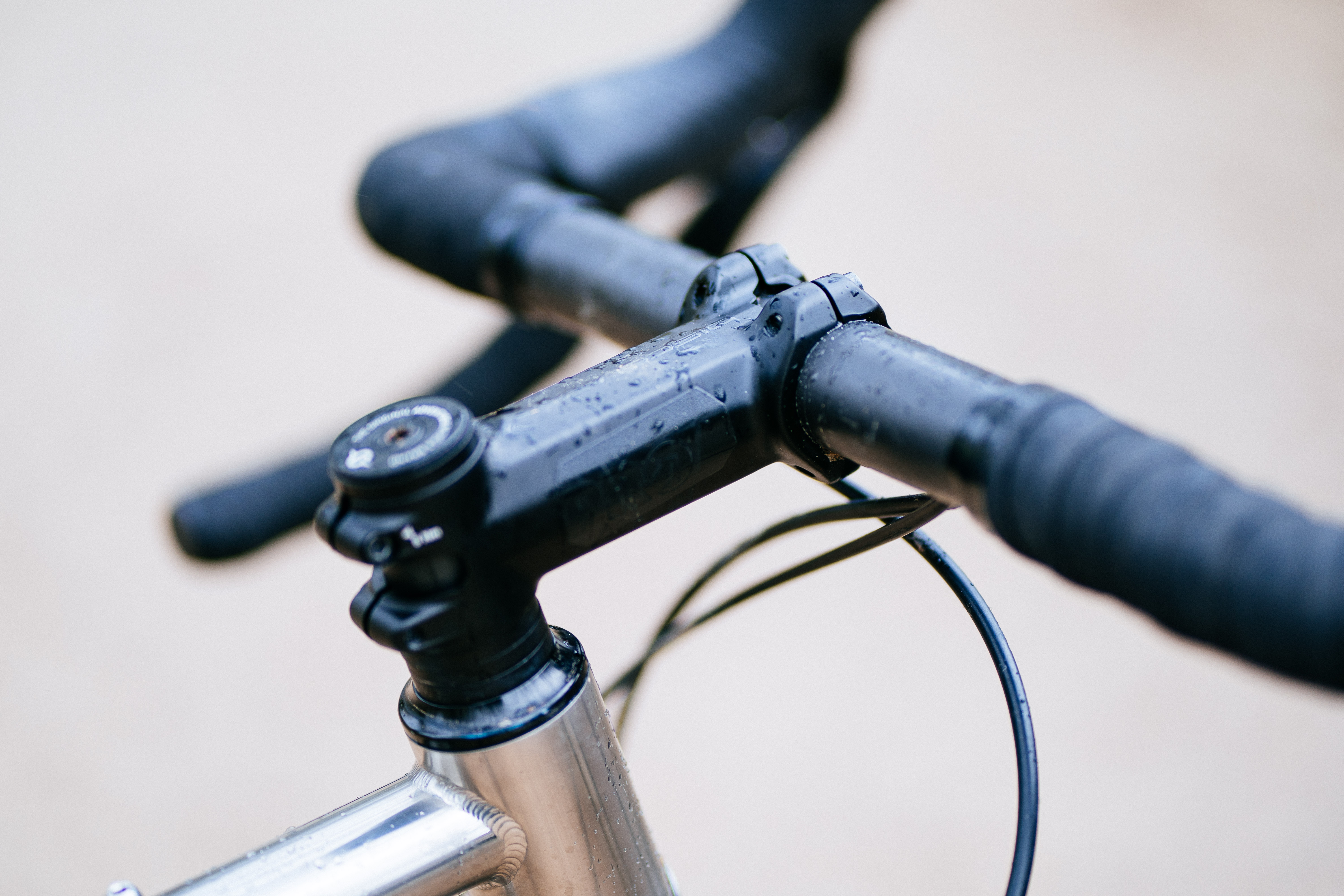
Design and aesthetics
Because I am a bougie cycling journo I was sent the lovely brushed titanium frameset, complete with a carbon fork, rather than the more oft-seen Reynolds 725 or Genesis own-brand ‘Mjölnir’ cromoly steel, but nevertheless, much of the changes are material agnostic.
The first thing you’ll probably notice if you whack the old Croix de Fer next to this new one is the dropped chainstays. Ultimately on a metal frame, this is a mostly aesthetic choice, but it does lend the new model a more modern silhouette than the outgoing machine. You’ll also probably notice that the cables, previously running externally and unhoused, now run internally within the frame.
Fortunately for the customer base and their associated mechanics, the internal routing only runs within the frame and fork, with no tricky routing through headset bearings. Personally I’m a big fan of this middle ground; you get the benefits of shielding your cables from the muck that the bike is bound to endure pretty frequently, improving longevity and performance, but without sacrificing easy swapping of parts, changing of positions, and general tinkering abilities.
The latest race content, interviews, features, reviews and expert buying guides, direct to your inbox!
The fork, whether it’s the carbon or the steel option, also now features internal dynamo cable routing. While none of the bikes ship with a dynamo wheelset, it’s certainly something that wouldn’t be out of place on the bike, whether that’s for gravelly, bikepacking-y, touring adventures, or for those commuters who don’t want to have to worry about charging batteries each time they go to and from the office. The dropouts, front and rear, have been replaced with thru-axles, which really is a necessity nowadays.
Gravel tyres are getting wider, with our own lab tests showing that wider tyres are actually faster. The new Croix de Fer comes with 45c Maxxis Rambler tyres as standard on all models - not mine, but it’s a frameset only so the spec is a little a la carte - but there’s capacity for up to a 47c. This isn’t necessarily overly progressive, with some race bikes catering to tyres as wide as 55mm, but it’s a step in the right direction and in all likelihood, it’s a wide enough range for most customer’s needs, and any wider it’d start to step on the toes of the brand’s more rowdy Vagabond model.
If I didn’t know any better I’d also assume that someone over-ordered on bosses, or lost a bet to see how many could be added to a frame without the boss noticing. There are a comic number, with three on each fork leg for anything cages, two on the top tube for a bento box, two on the underside of the downtube for an extra bottle or canister, then there are three on the seat tube and a full six (yes, six) on the downtube. In effect it means you can play around with bottle placement to your heart’s content, going so far as to accommodate three large water bottles within the main triangle. Conceivable with another one under the downtube, and one on each fork leg, you could carry enough water to fill a moderately sized paddling pool, or at least service you between two very distant water sources on your next adventure.
Commuters and fans of proper luggage - I am personally a panniers fan - will rejoice insofar as there are a pair of proper pannier rack bosses on the dropped stays too, and corresponding threaded bosses on the dropouts, opening up easier laden opportunities, especially useful for smaller riders who so often find that bikepacking bags simply don’t fit on smaller frames.
The stuff you can’t see, by which I mean geometry tweaks, is a little more subtle. A half-degree slacker head angle (partially resulting in an 8mm longer wheelbase), a half-degree steeper seat tube, and a shorter reach are the headline figures. It’s minor, but in combination with bigger tyres it’s enough to change the character of the bike.
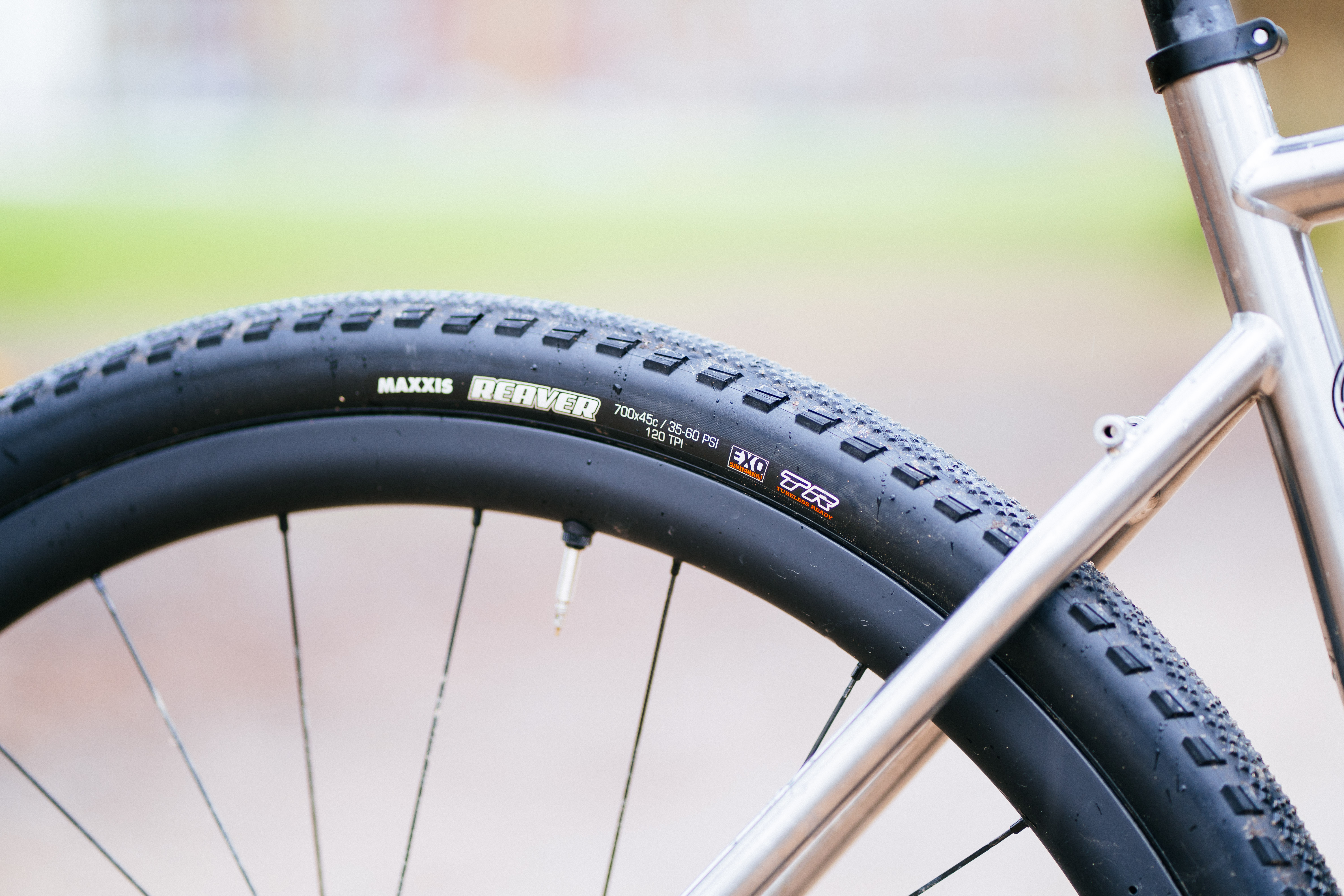
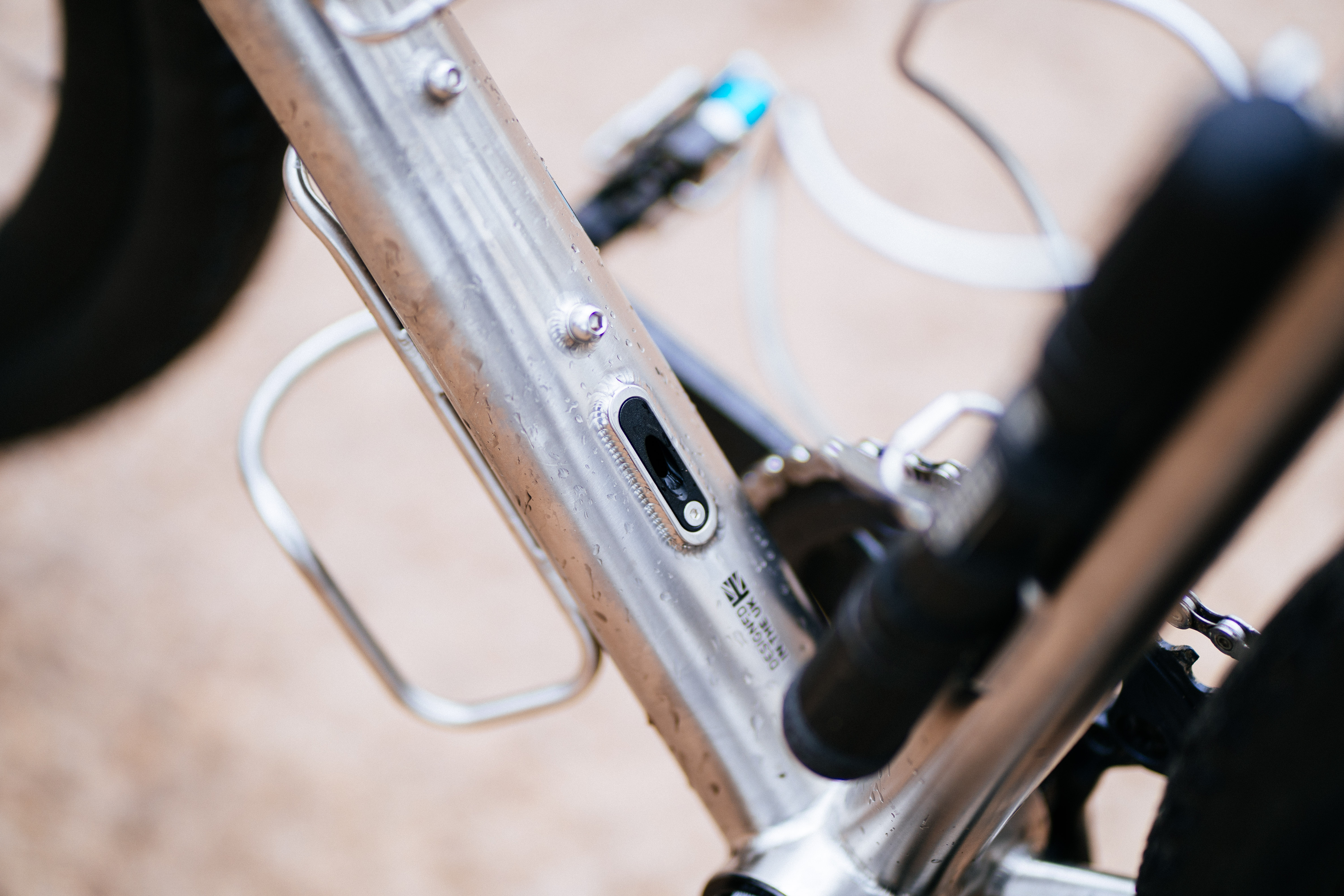
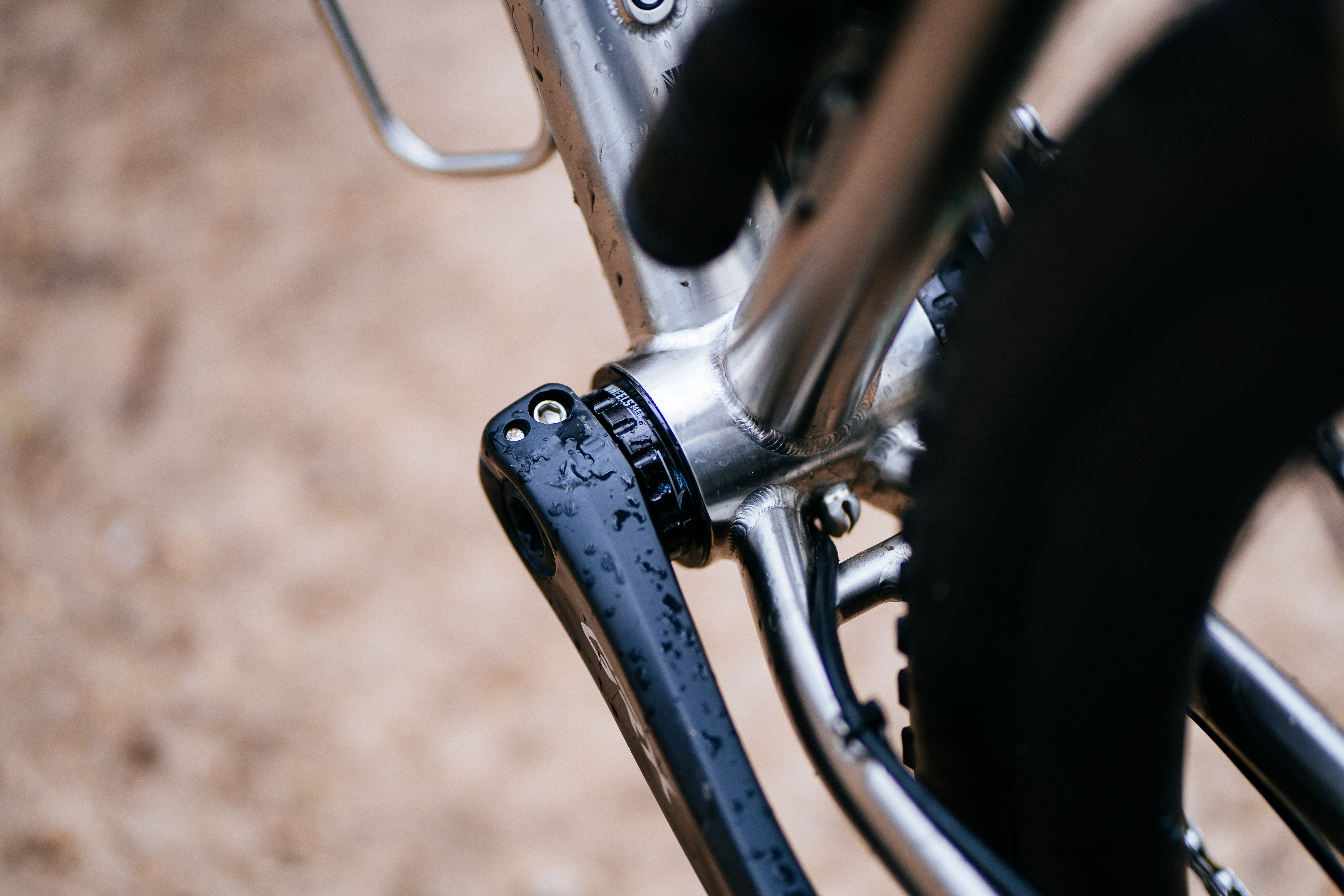
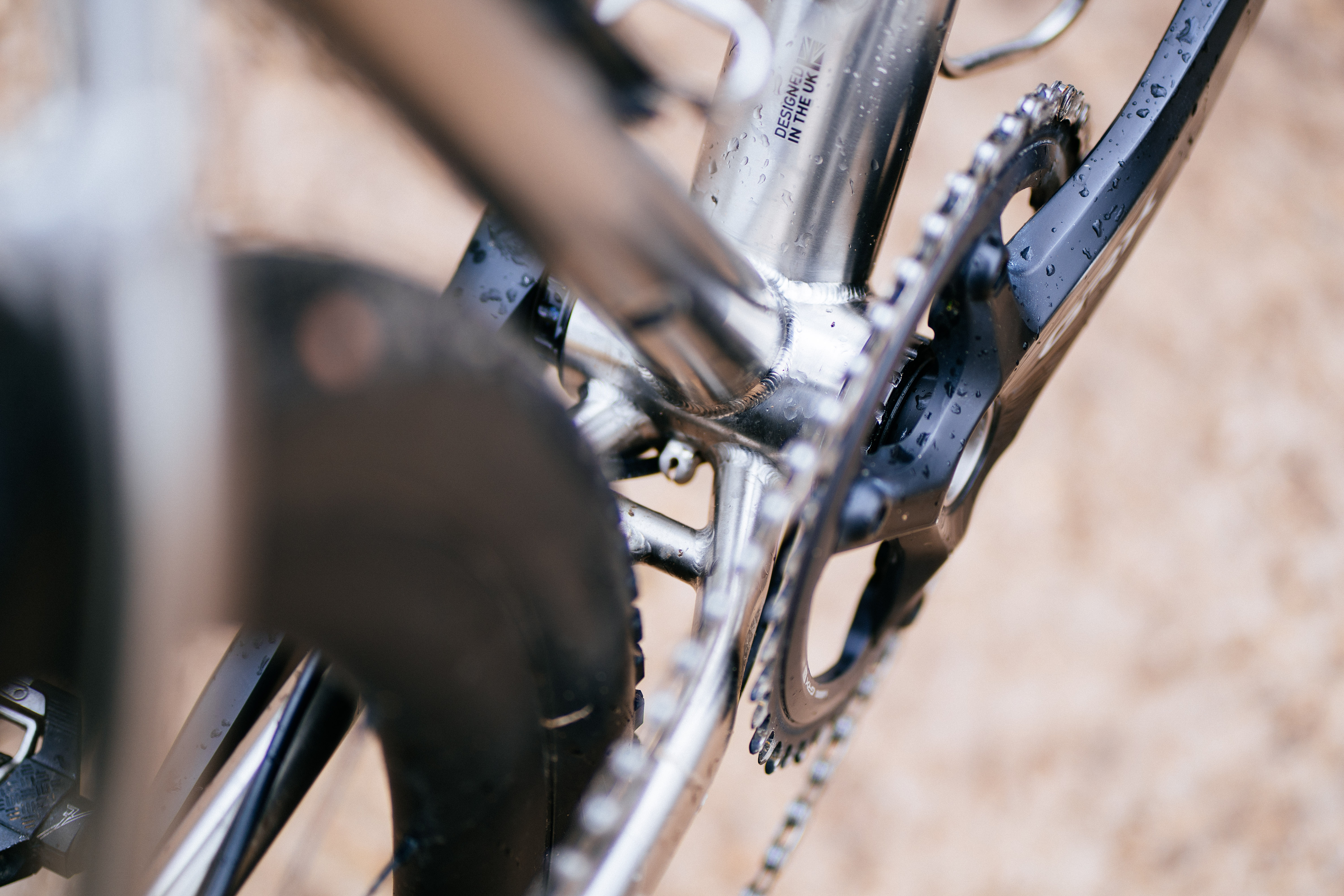
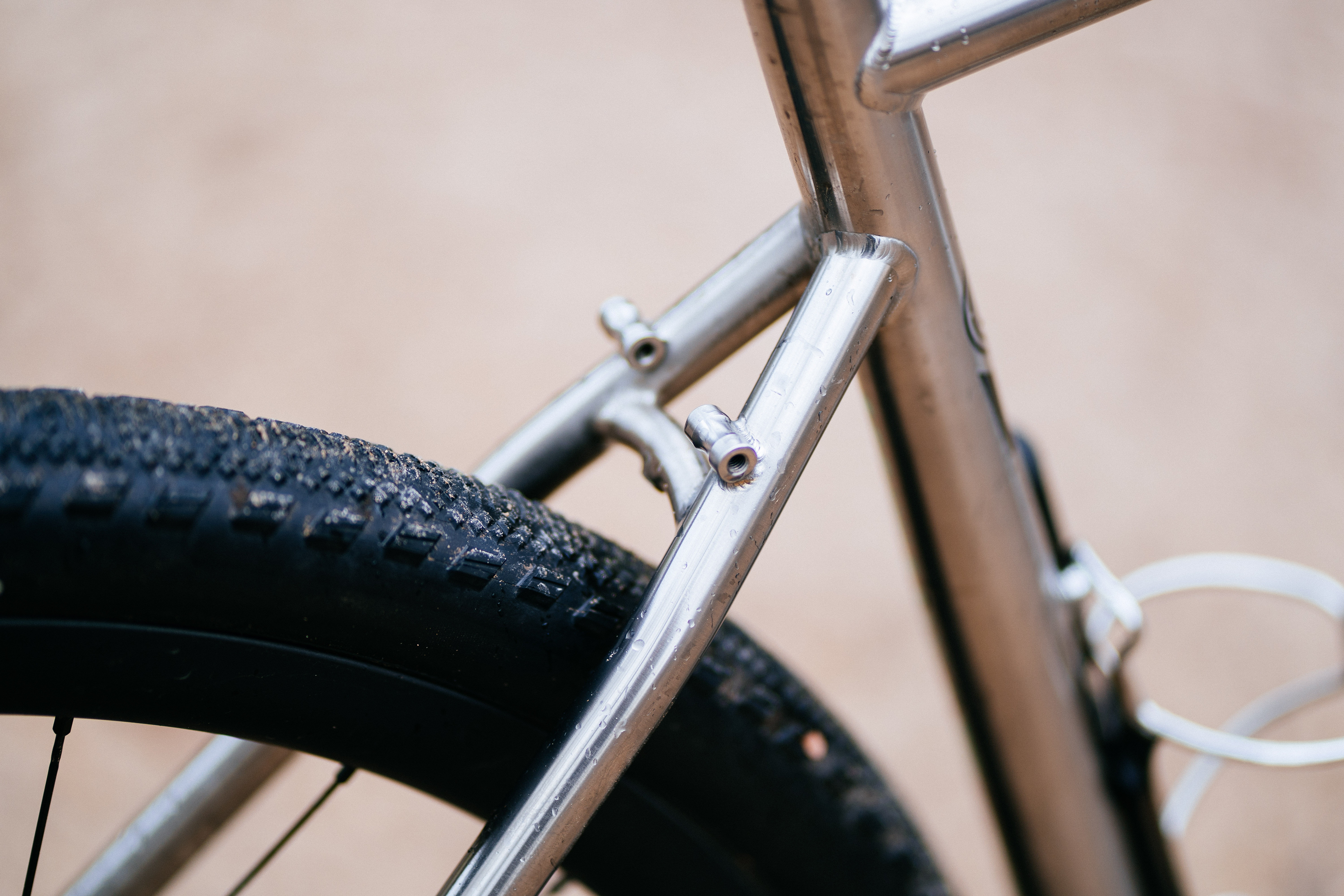
Performance
I’m going to start with the stuff that’s separate to the material of the bike, which is the handling. ‘Neutral’ is a word that gets bandied about a lot, and it very much applies here. It may sound like a criticism, but it’s not rad in the sense that one feels one can get over any obstacle, and neither is it twitchy to the point that it becomes unnerving in the pursuit of ‘agility’. It’s tame, in the best way possible.
Having ridden many gravel bikes with more race-oriented geometry there are far fewer opportunities to switch off and actually enjoy the ride when you’re piloting something more twitchy - The Fairlight Secan falls into this category. Likewise, at the other end of the spectrum, a rad bike like the YT Szepter, while it encourages you to tackle silly things in the woods, on the road feels sluggish. With the Croix de Fer it’s more a Goldilocks zone that, especially on the road sections that knit together the sparse gravel in the UK, I found myself able to almost go into a lovely autopilot state.
Off-road, and particularly on descents, it is sure-footed and capable even on very fast, loose surfaces. The wider tyres help here for sure, but it being a little longer and a little slacker certainly have something to do with it. On the launch I managed to hit 65km/h on a gravel descent and, while at that speed you do have to pay attention, it was so far from scary to be brilliantly enjoyable. The only time where it felt a little out of its depth was on steep, rooty singletrack, but I challenge any ‘normal’ gravel bike to actually handle this terrain well. Climbing, again aided by bigger tyres and that slightly steeper seat tube, is perfectly good. With an appropriately wide-ranging set of gears, you’re going to be absolutely fine.
On the road, particularly with decent tyres, it ticks along very well indeed. The front end isn’t so low that your spine is going to hurt, but it’s also not in the stratosphere, meaning it is possible to adopt a pretty racy position if that is your wish.
All these things will be constant throughout the range, whether you opt for the base spec steel version or kit yourself out with a custom build around the lovely brushed titanium, which is heartening. Essentially, it’s a very enjoyable gravel bike to ride, and given its historic popularity (and projecting that into the future) it has something of a duty to cater to the middle of the bell curve, which it does excellently.
On the specifics of my review bike, which is perhaps what many of you reading this may be considering as a forever bike (such is the appeal of titanium), there is little about it I’d change. The 1x cable actuated GRX is excellent, though it’s high time the brand brought out a Di2 version. My choice would be for a 2x setup here to be honest, as the lack of an ability to fit truly enormous tyres means there’s little to foul on the front derailleur and you’d get an even greater gear range, but I do appreciate the simplicity that 1x brings. Even when riding in some truly horrendous ground conditions the 1x setup never unshipped the chain once.
The new Maxxis Reiver tyres are wonderful on fast, dry gravel, but when the going is wet and sloppy they are found wanting almost immediately, but with my consumer hat on every stock build comes with more capable tyres and if you’re going custom you’re just going to choose one of the list of the best gravel tyres to suit your needs.
I think, in all honesty, the only things I’d change would be the bars and the saddle, and that’s really only for fit reasons - I don’t much like flared, wide bars, though I do appreciate they give many riders an increased feeling of stability. I don’t hold much sway that different materials impart some magical ride feel differential, but I was glad of the low weight that titanium brings, especially in the Welsh mountains.
Is it perhaps going to suffer a little if you’re using it primarily as a commuter? Yes, but not by much. It’s a better gravel bike, and that’s what people are buying it for, so taking a modicum of on-road capability away to make it better on the rough stuff is all good in my book. In general, I think people are happy to commute on most things, they just want something that's going to get them to and from the office.
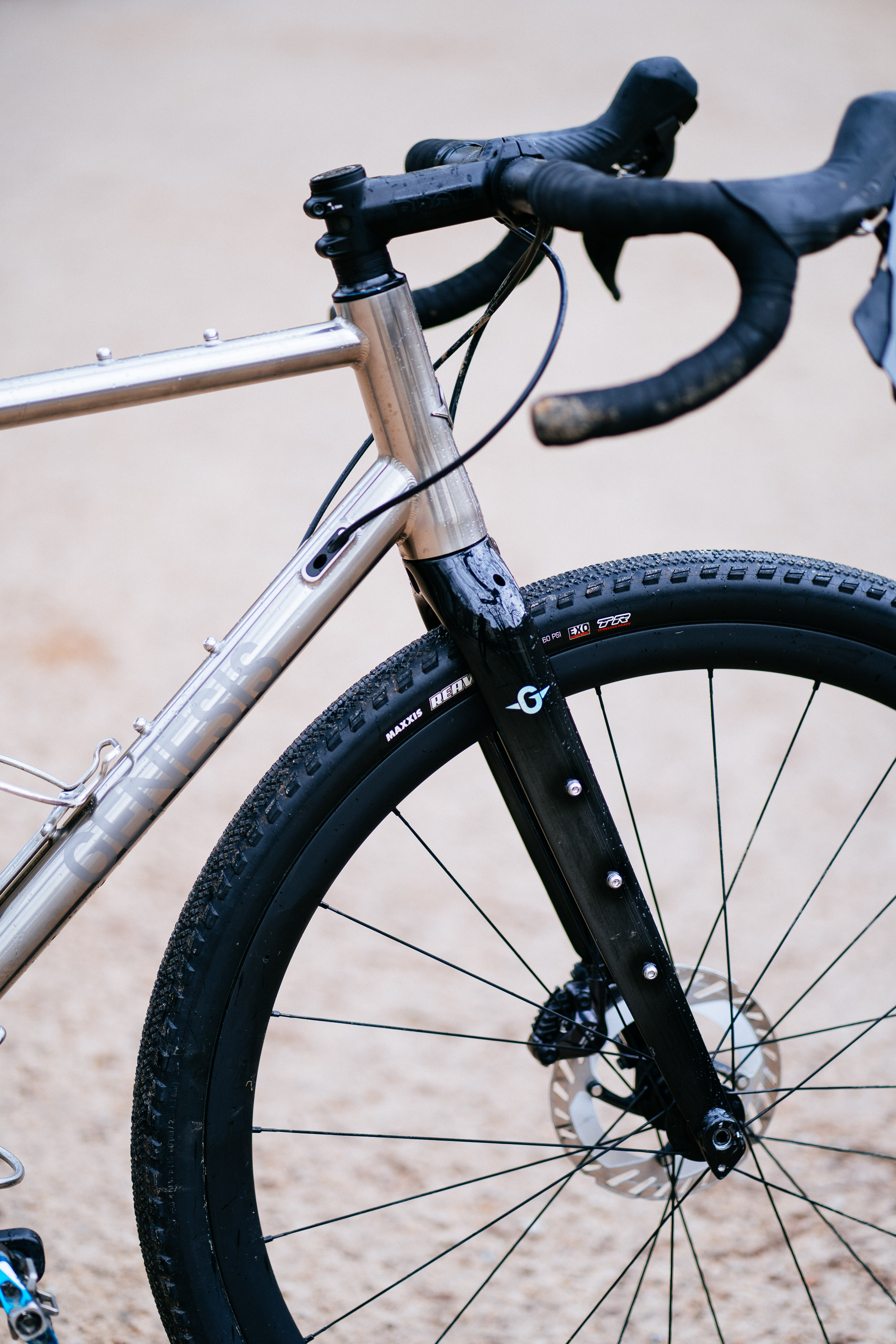
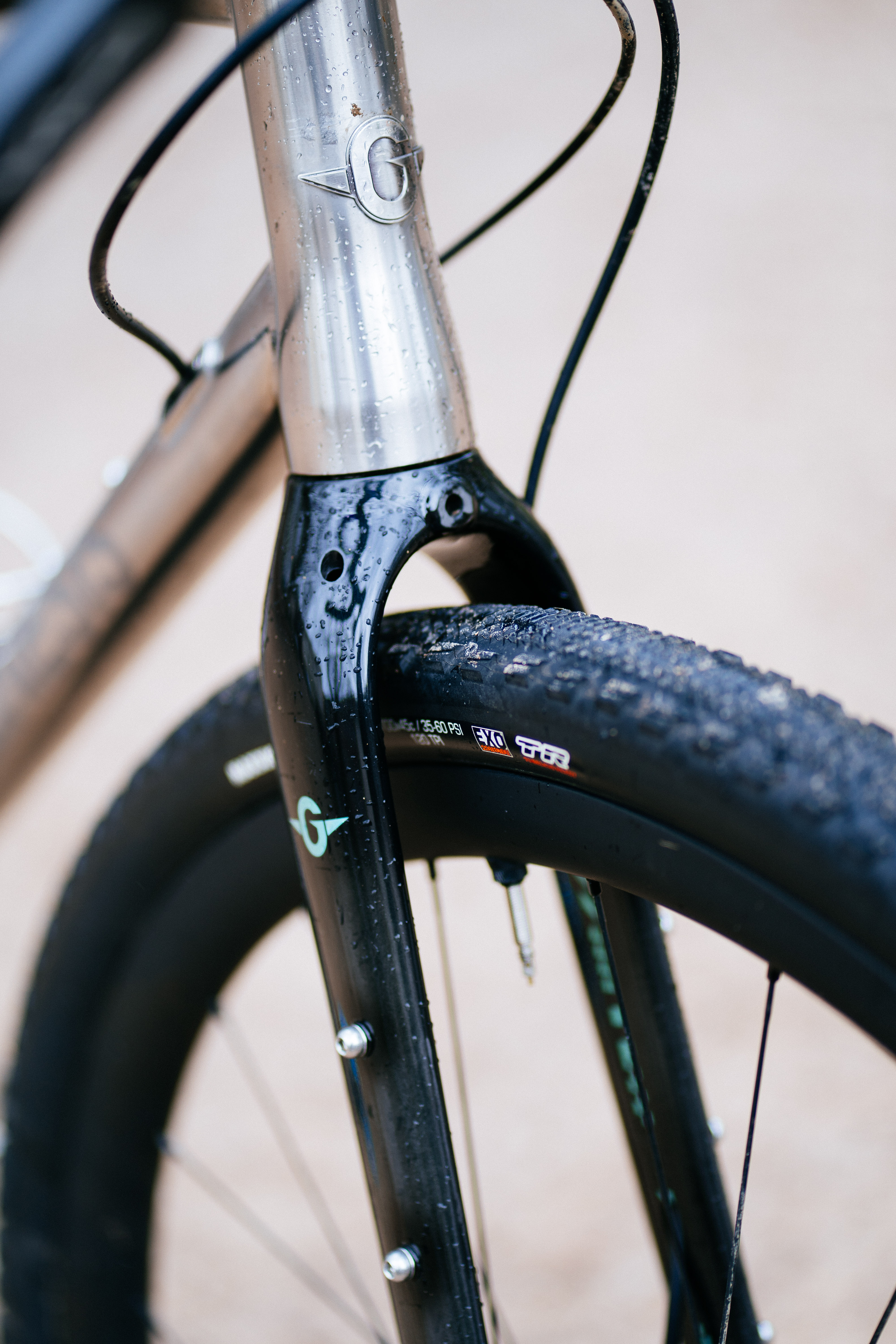
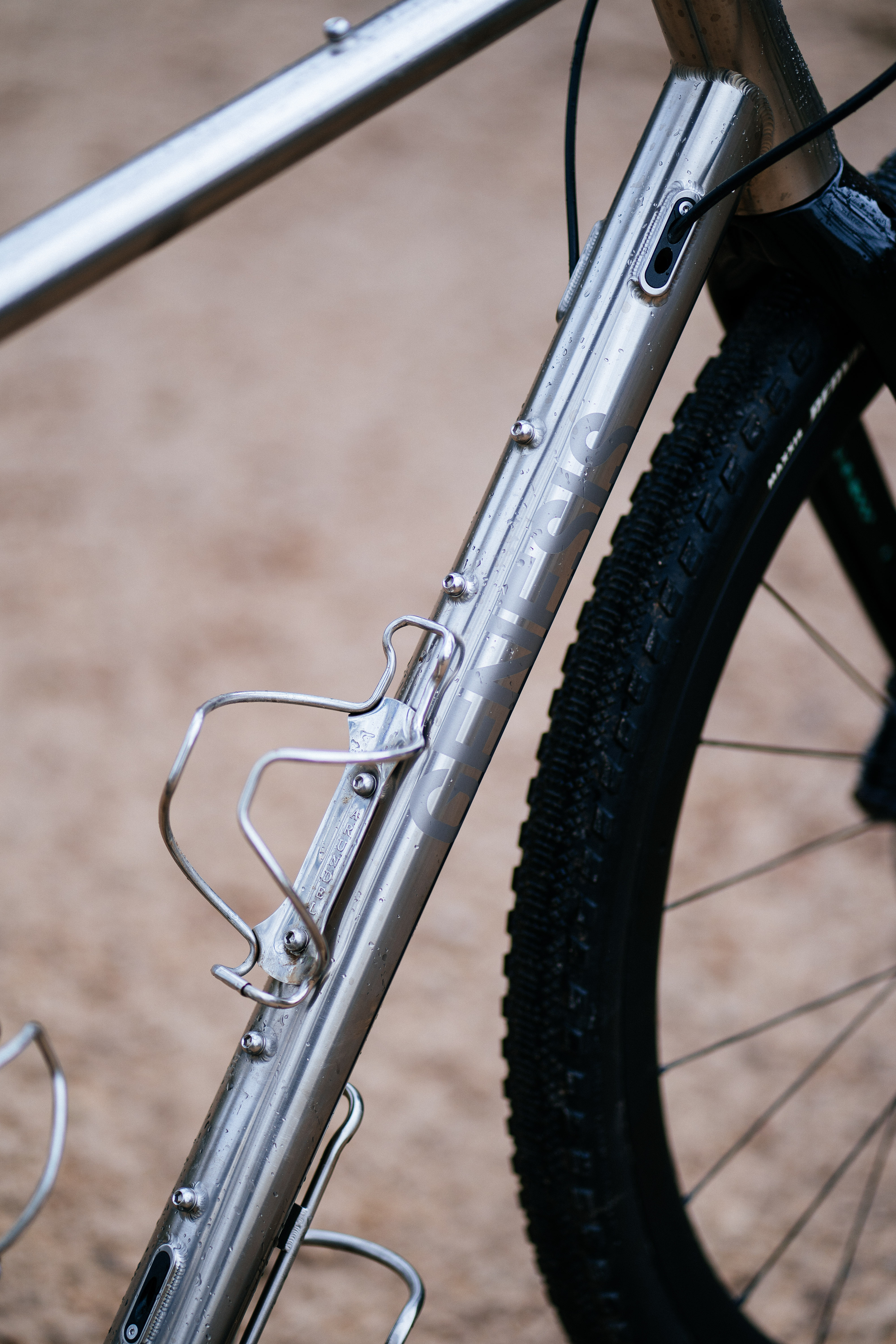
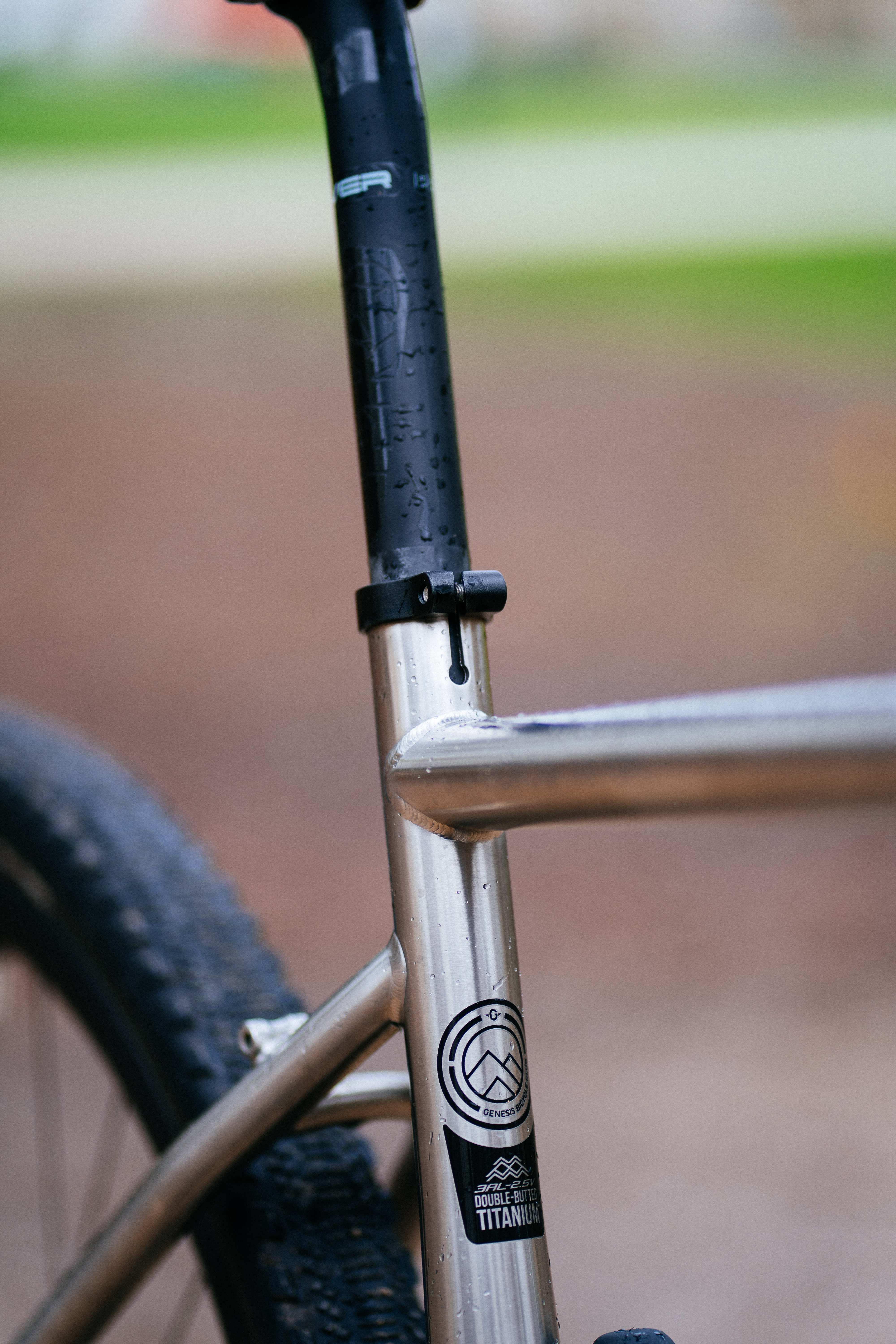
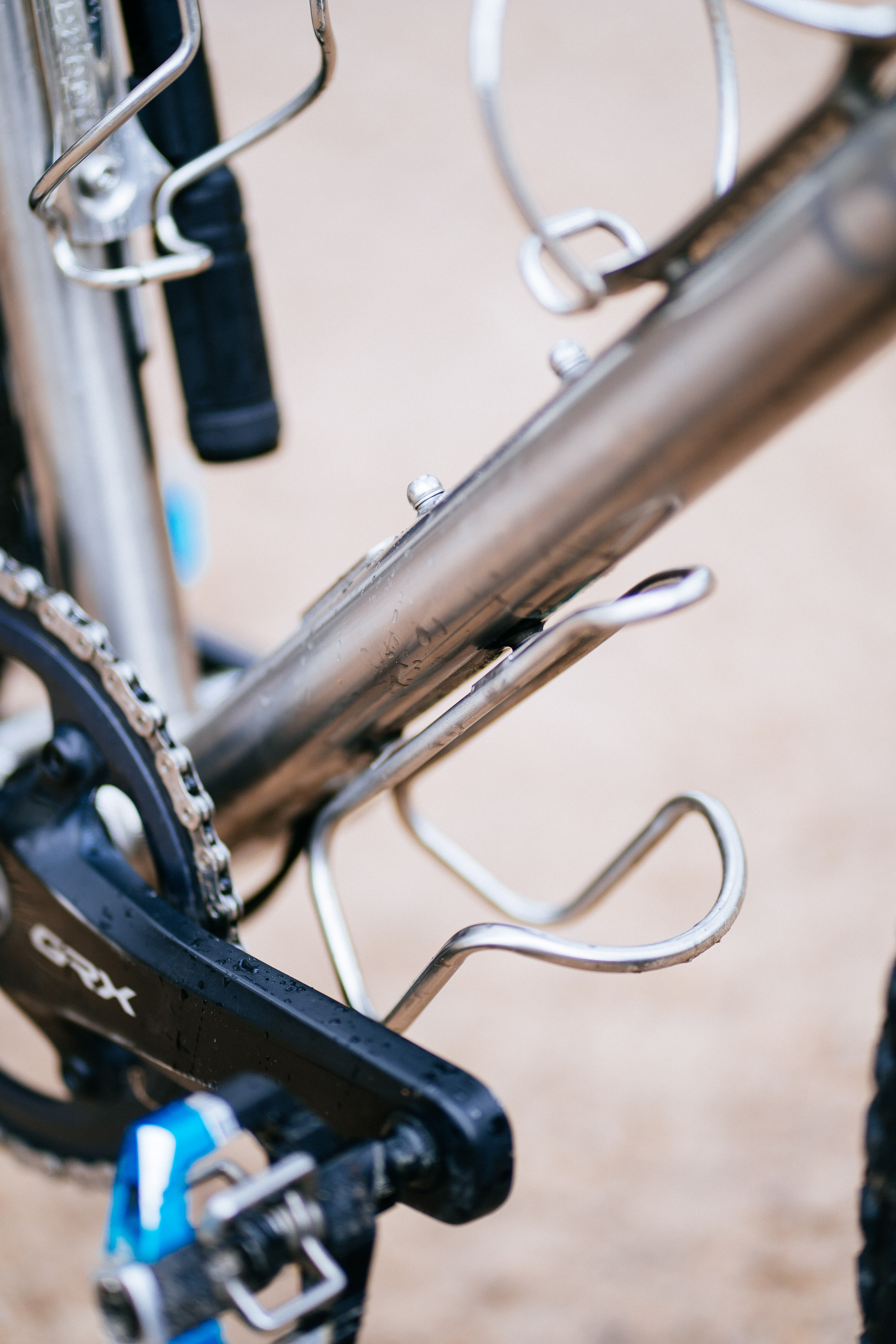
Value
The Genesis Croix de Fer has always represented good value, and while I haven’t ridden every bike in the latest range I think across the board they represent brilliant value. For many riders, the base level Croix de Fer 10 may be their first gravel bike, or their first bike entirely. For under £1,500, you’re getting a really sorted frame, the durability of steel, and a decent Shimano Sora groupset (albeit with own-brand cranks). Yes, there are cable disc brakes, but they’re better than the hybrid cable-hydros of yesteryear. For an extra £300 the Croix de Fer 20 is perhaps the best value of the bunch, upgrading to cable-actuated 2x Shimano GRX.
Each model, thanks in no small part to the strategic use of own brand parts, and also as Genesis and Shimano are distributed by Madison, justifies its price excellently. The only one in the range where perhaps I think you’d be wise to opt for the cheaper version is the Croix de Fer 30 versus the 40. The 40 has a 1x setup, and in general, unless you’re wedded to a single front chainring, I think the 2x GRX is superior, especially if you’re riding a lot on the road too.
And what of the framesets, then? The stainless and the titanium options both offer that corrosion-free forever bike something-something. I actually think if you don’t pay the extra 200 quid for the titanium version over the steel one you’re a bit of a wally, but I have failed in the past to pay the extra 200 quid for one frame over another in the past for financial reasons. All that aside I think the Ti frame in particular is a real hidden gem. Sure, it may not have the fancy brand caché of something like a Moots frameset, but it’s also less than half the price.
Ultimately, if you want a really lovely titanium bike that can become whatever you want it to be, this really should be on your consideration list. The only fly in the ointment here is that Ribble offers a Ti version of its gravel bike, in the form of a full build, for only a little more.
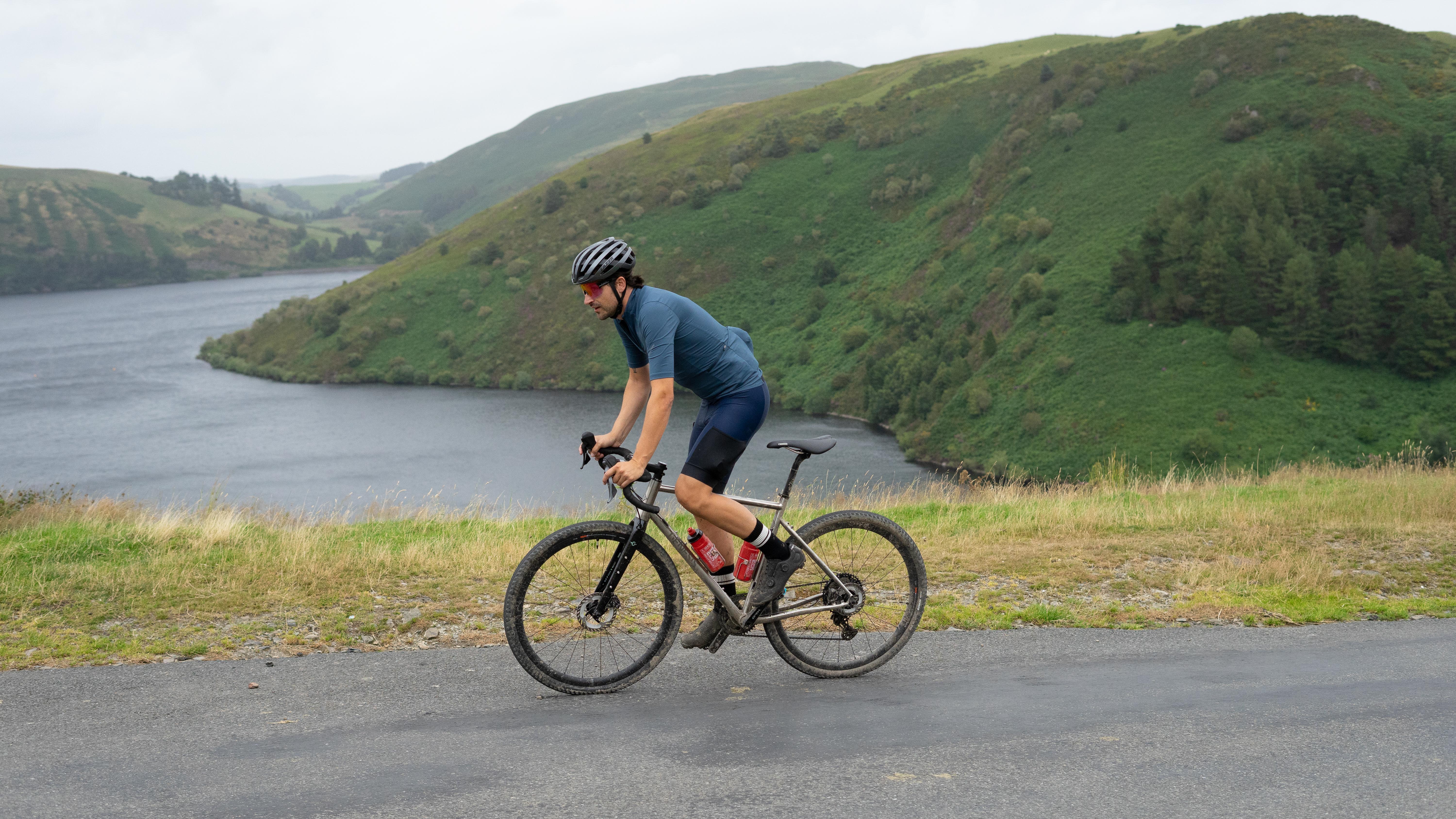
Verdict
While I love testing superbikes, I actually think the entry level of the market is far more important. The Genesis Croix de Fer probably has a claim to the crown of the bike that has most democratised gravel, opening it up to many new riders. Hell, it’s probably got more people into cycling in recent years than most road bikes, and as such it has something of a duty to be decent. Happily, it is. It’s very good, especially for the price.
While the titanium one is flash, though decent value for a Ti frameset, all the models are going to be blessed with just the right sort of geometry that’ll see you enjoying off-road riding more than the old one, with really very few drawbacks on the road. It’s been modernised to a great degree with better standards and specs, but at its heart, it’s still an excellent value, sure-footed, do-it-all all bike for the people, and for that, it needs to be applauded, even more so now that it’s more gravelly than ever.
Attributes | Notes | Rating |
|---|---|---|
Design and aesthetics | Neat and tidy, with some much needed updates to the platform. | 8/10 |
Components | Cabled GRX is hard to beat, but not having an electronic option from SRAM may be a drawback to some. Maximum tyre width also not the greatest nowadays. | 7/10 |
Performance, handling and geometry | Neutral, but not in a bad way. A great, middle of the bell curve option that will suit most riders | 8/10 |
Weight | My Ti version really was quite light, for a metal bike. | 8/10 |
Value for money | For the price you get an awful lot of bike, at whatever tier you look at | 10/10 |
Overall rating | Row 5 - Cell 1 | 82% |

Will joined the Cyclingnews team as a reviews writer in 2022, having previously written for Cyclist, BikeRadar and Advntr. He’s tried his hand at most cycling disciplines, from the standard mix of road, gravel, and mountain bike, to the more unusual like bike polo and tracklocross. He’s made his own bike frames, covered tech news from the biggest races on the planet, and published countless premium galleries thanks to his excellent photographic eye. Also, given he doesn’t ever ride indoors he’s become a real expert on foul-weather riding gear. His collection of bikes is a real smorgasbord, with everything from vintage-style steel tourers through to superlight flat bar hill climb machines.
You must confirm your public display name before commenting
Please logout and then login again, you will then be prompted to enter your display name.
